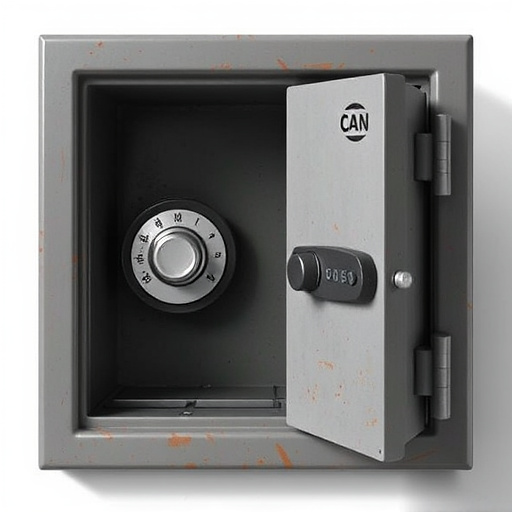Uncover the clever world of hidden compartments—secret stashes within everyday items. In this article, we explore a unique solution for creating an inconspicuous safe using an empty peanut butter jar. Learn how to transform a common kitchen staple into a secure hiding place, perfect for safeguarding valuable items discreetly. Discover the step-by-step process and uncover the benefits and precautions of using consumer goods as makeshift safes, offering both convenience and added security.
- Understanding the Concept of Hidden Compartments
- Creating an Empty Peanut Butter Jar Safe: Step-by-Step Guide
- Benefits and Precautions for Using Consumer Goods as Safes
Understanding the Concept of Hidden Compartments
Hidden compartments have long been a staple in spy novels and movies, but they’re becoming increasingly relevant in the real world as a means to conceal valuable or sensitive items. These secret stashes can be integrated into everyday objects like an empty peanut butter jar safe, making them virtually undetectable to the untrained eye. The concept revolves around creating hidden spaces within seemingly ordinary items to store goods securely.
By utilizing an empty container designed for household use, such as a peanut butter jar, crafty individuals can ingeniously create a miniature safe. This approach not only provides an innovative solution for discreet storage but also adds a layer of creativity and camouflage, making it an attractive option for those seeking to protect their belongings from prying eyes.
Creating an Empty Peanut Butter Jar Safe: Step-by-Step Guide
Creating an Empty Peanut Butter Jar Safe is a creative and unique way to hide valuable items or keep secrets safe. This DIY project is an excellent option for those looking for a simple, inexpensive, and nearly invisible hiding place. Here’s a step-by-step guide to help you get started.
First, locate an empty peanut butter jar that’s in good condition with no cracks or damages. Clean it thoroughly to remove all residue. Next, measure and cut a piece of foam insulation slightly larger than the inside dimensions of the jar. Insert the foam, ensuring it fits snugly, as this will act as a structural support and help maintain the jar’s shape. Then, apply a thin layer of glue around the rim of the jar, press the lid back onto the jar, and let it dry completely. Once set, you can secure the jar in a desired location, such as under a shelf or inside a drawer, effectively transforming it into a hidden compartment for your treasures.
Benefits and Precautions for Using Consumer Goods as Safes
Using everyday consumer goods like an empty peanut butter jar as a safe offers several advantages. Firstly, it’s readily available and inexpensive, making it an accessible option for those seeking discreet storage solutions. Secondly, items like jars can be easily hidden, blending in with kitchen or pantry items, offering a level of discretion. This method is particularly useful for storing small, valuable items or emergency funds.
However, precautions must be taken. While peanut butter jars and similar containers provide basic security, they are not foolproof against determined individuals with specialized tools. Additionally, these makeshift safes may not withstand extreme conditions like fire or water damage. It’s crucial to understand the limitations and ensure that the items stored within remain secure from both physical access and environmental hazards.
Hidden compartments can be ingeniously utilized to create unique, discreet safes using everyday consumer goods, like an empty peanut butter jar. As demonstrated in this article, with a bit of creativity and some simple steps, you can transform a mundane container into a secure lockbox. While this method offers a fun and practical solution for small items, it’s essential to consider both the benefits, such as added security and privacy, and potential drawbacks, like limited storage space and the need for careful maintenance, when using consumer goods as safes.
